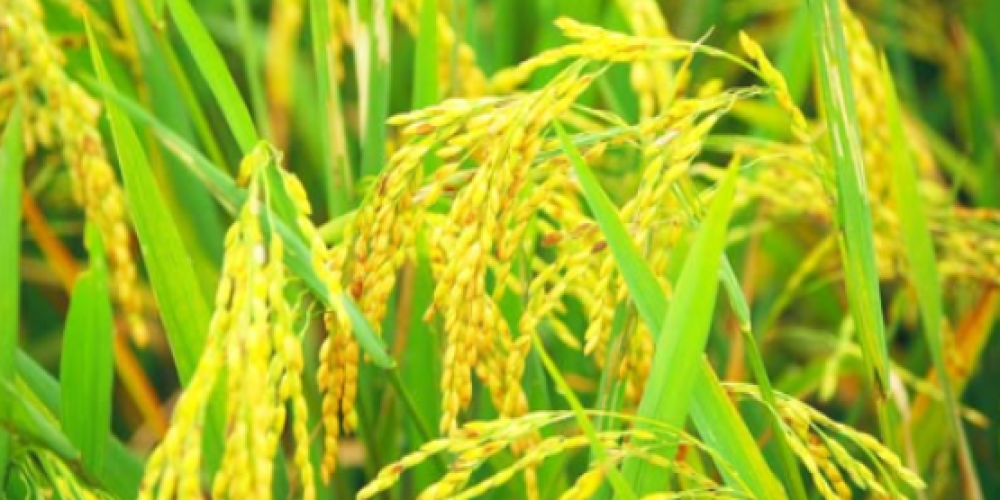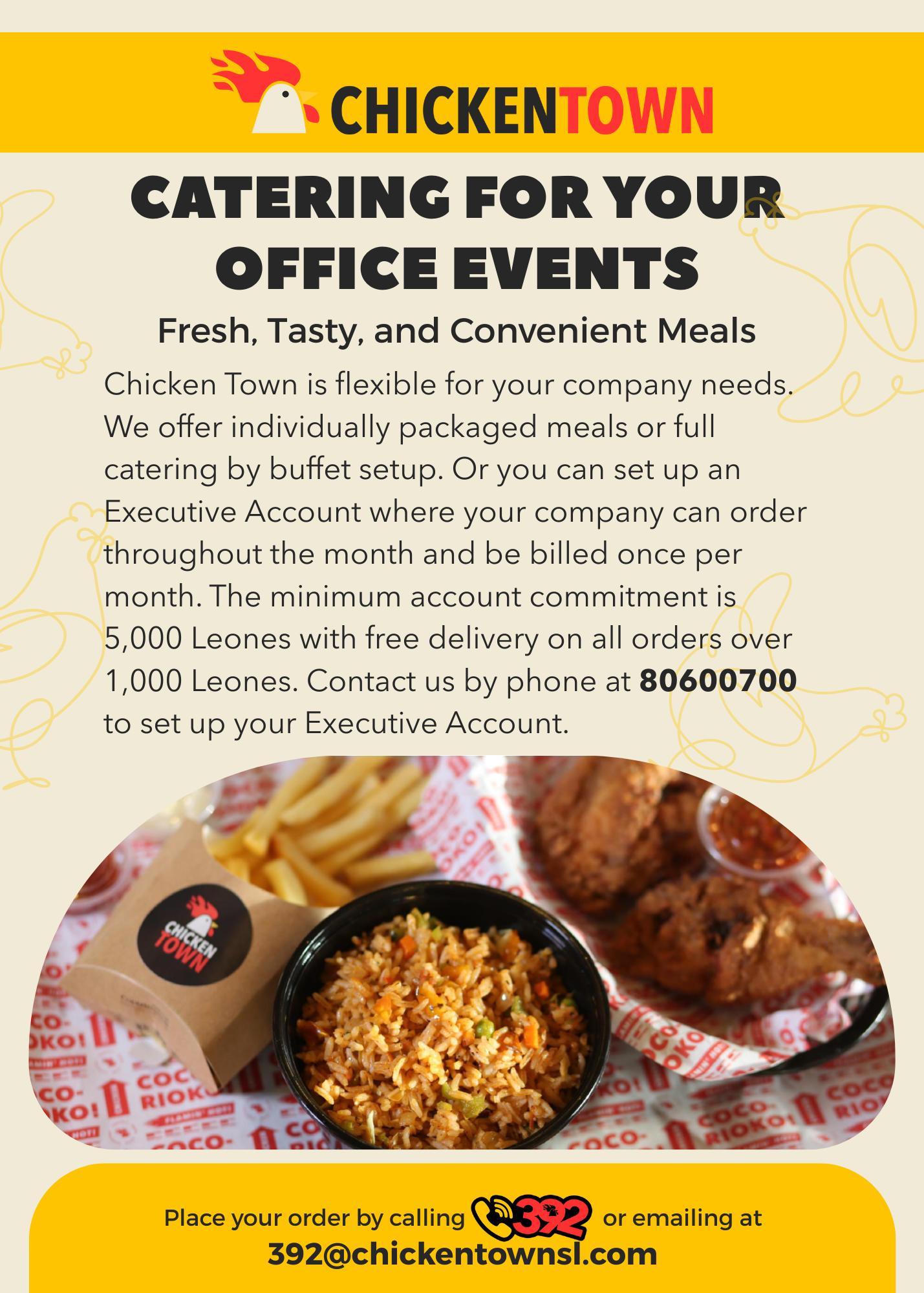By Santigie Abu Kamara
Introduction
Farming includes raising crops and cattle as well as producing food and non-food items through aquaculture, fisheries, and forestry. Sedentary human civilization arose primarily as a result of agriculture, which produced surpluses of food through tamed species cultivation, allowing humans to live in cities. It wasn’t until about 11,500 years ago that early farmers planted grains, even though humans had been harvesting them for at least 105,000 years. Roughly 10,000 years ago, pigs, cattle, sheep, and goats were domesticated. Around the world, at least eleven different locations have independently cultivated plants.During the 20th century, the predominant mode of agriculture became industrial agriculture, which relied on sprawling monocultures. Currently, huge farms predominate, while small farms generate around one-third of the world’s food. Operating over 70 percent of the world’s acreage, the largest one percent of farms worldwide are larger than 50 hectares. Bigger farms than 1,000 hectares account for nearly 40% of all agricultural land. On the other hand, only about 12 percent of all agricultural land is made up of farms; five out of every six farms in the world are over two hectares in size.
Eatables, fibers, fuels, and raw materials (like rubber) can be used to broadly classify the main agricultural goods. Cereals (grains), fruits, vegetables, meat, dairy, eggs, and fungus are among the food groups. Entire world agricultural production is about 11 billion food tons, 32 million natural fiber tons, and 4 billion cubic meters of wood. That being said, before food reaches the retail stage, about 14% of it is lost during manufacture.
Oryza sativa is the edible starchy cereal grain, and the grass plant that produces it belongs to the Poaceous family. Approximately 50% of the global populace, encompassing nearly all of East and Southeast Asia, is entirely reliant on rice as their primary food source; humans consume 95% of the world’s rice harvest. Rice can be prepared by boiling it or by grinding it into a flour. In many Asian, Middle Eastern, and other cuisines, it is consumed both on its own and in a wide range of soups, side dishes, and main courses. Noodles, alcoholic beverages like Japanese sake, and breakfast cereals are some other goods that contain rice.
Background
Rice is the national cuisine of Sierra Leone. The majority of Sierra Leoneans rely on rice as a staple diet for daily life, as do millions of other people who live in extreme poverty. Due to a worldwide trend or shocks, the price of rice has almost tripled in all regions of the country during the past five years. How does the average person, or a vulnerable person, survive?
While traveling from rural areas like towns, villages, and suburbs to Freetown, the nation’s capital, in search of a better life, the concern citizens voiced their concerns for the poorest residents of the country: food is getting harder to find in Sierra Leone, especially rice, and the nation is just beginning to experience a catastrophic political and food insecurity.
During the state opening of the 6th parliament, President Bio disclosed that he is working to elevate Sierra Leone to a middle-income country and that, during the next five years, he will implement the “Feed Salone” program, which is part of the political manifesto for 2023.
Grateful to announce the new course, which will accelerate the transformation agenda while consolidating the gains. The ideas presented in the SLPP 2023 People’s Manifesto are expanded upon by this audacious vision. The spirit of progress is embodied in this agenda, which aims to bring Sierra Leone closer to middle-income status by 2035 by taking advantage of the opportunities we have created and addressing new threats.
As stated in our SLPP people’s manifesto, which we utilized to campaign to the public with our message of prosperity, hope, and unity, the “feed Salone project” is one of five major initiatives that will be prioritized in my administration’s national development agenda.
The dollar amount of rice
One of Sierra Leone’s most afflicted locations, Bo City, Kenema City, Makeni City, Kambia District, and Port Loko City, have among the highest food prices in the country’s marketplaces. Concerns have also been expressed over this issue. From November 2021 to the present, rice prices have climbed by more than 500%. An ordinary person’s monthly wage, such as that of a teacher earning less than $50, is actually equal to 80% of the cost of a 50-kg bag of rice in Sierra Leone.
In rural areas like the province, far less money is made. The cost of food is rising, which is a big problem. A well-known market vendor in the largest local market in Freetown, Fatmat Kamara, adds that rice is such an integral part of the local diet that if you ask someone whether they have eaten today and they haven’t had rice, they will probably say no. Their main diet, rice, is so important to them.
While rising food prices are currently the more urgent issue, the nation’s overall supply is also a cause for concern. Preliminary data suggests that Sierra Leone produces relatively little food annually. Sierra Leone’s rice shortfall is mostly caused by climate change; this year has been unusually wet even though the rainy season should be done by now. If farmers don’t take precautions, things could turn up strange.
Sierra Leone’s methods of survival
For the most part, Sierra Leoneans struggle to make ends meet on a daily basis. The few means of subsistence that are available to them are insufficient and do not provide economic opportunities for citizens. These include small-scale fishing, local carpentry, engineering, and tailoring, local trading, teaching, and security services.
poor income as a result, the feed Salone project, which aims to stabilize the production of rice and other cereal crops through mechanized farming, will open doors for job creation in all facets of farming, thereby enabling a greater number of people to participate in farming and produce food for the market and for consumption.
I try my best to feed my family every day with the food I grow. I use what money I have left over to buy rice once we run out of other food, like foo-foo. It’s unbelievable that in the hamlet, a cup of rice currently costs 1,500 Leones. Rice is less expensive than bulgur and garie, which are produced locally. A cup of garie costs 5000 leones, while a coupling of bulgur costs 5000 leones. I will have to keep searching for food for my family if this continues. That is all I can do.
Freedom town’s self-assurance
A tangle of makeshift tin-roofed shacks winds its way down a steep hillside to the sea in Mabella, one of Freetown’s six heavily inhabited urban slums. Almost touching Mabella, the area’s biggest market, is humming with activity despite the seeming poverty. Since there is enough of food available in the market but they do not have the money to buy it, the 20,000 extremely poor people of the Mabella slum are hungry.
My family is suffering a great deal because of the price of rice, says the same Fatmata Kamara, regarding her struggles. We used to prepare six to seven cups of rice each day. Very much less now, though. Though I don’t know why, it won’t be good if costs continue to rise.
It is hoped that the forecasts of chaos will not materialize. I’m in actual pain. My family is suffering right now. My family is undernourished, and the clients are complaining about it too. Worried that I won’t be able to support myself here if things continue as they are.
Mohamed Kargbo is a resident of the Grey Bush slum on the other side of town. The 40-year-old was formerly a small-time merchant and has five children. He sustained an injury, which has left him unemployed. Now, he told me that, his family only eats four cups of rice a day instead of the ten they used to. We reserve a modest amount of our daily allocation of rice in case we are hungry tomorrow. Even if we eat, we are not fed.
Conclusion
To sum up, in order to realize the full economic potential of agricultural produce in Sierra Leone, which is regarded as one of the avenues for sustainable growth, everyoneincluding members of the government and common citizensneeds to give agriculture quick attention. Given the youth unemployment problem in the nation, this may be a good chance for them to get involved in large-scale agricultural activities that will bridge the gap between sustainable development and food security altogether.
- The writer Santigie Abu Kamara is Lecturer of Public Sector Management & Leadership, IPAM – University of Sierra Leone
Copy right –Printed in the Expo Times News on Monday 30th October, 2023 (ExpoTimes News – Expo Media Group (expomediasl.com)





